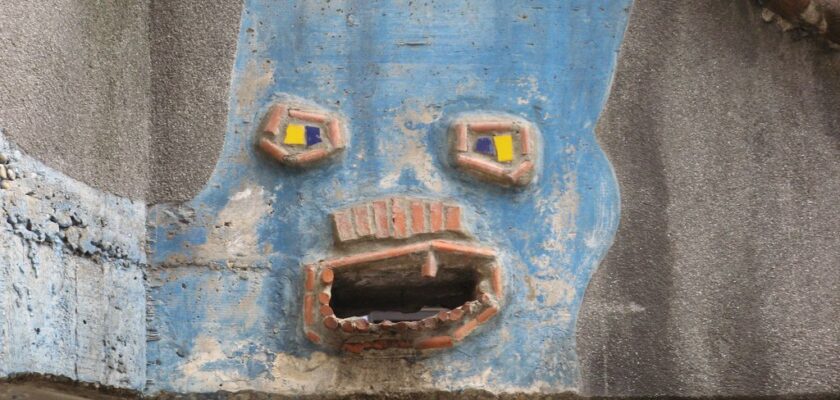Hundertwasserhaus
Hundertwasser House is an unusual building in Vienna that is a dwelling house and a work of art at the same time. It is the first masterpiece of the epathetic architect Friedensreich Hundertwasser, commissioned by the Vienna City Hall in 1986.
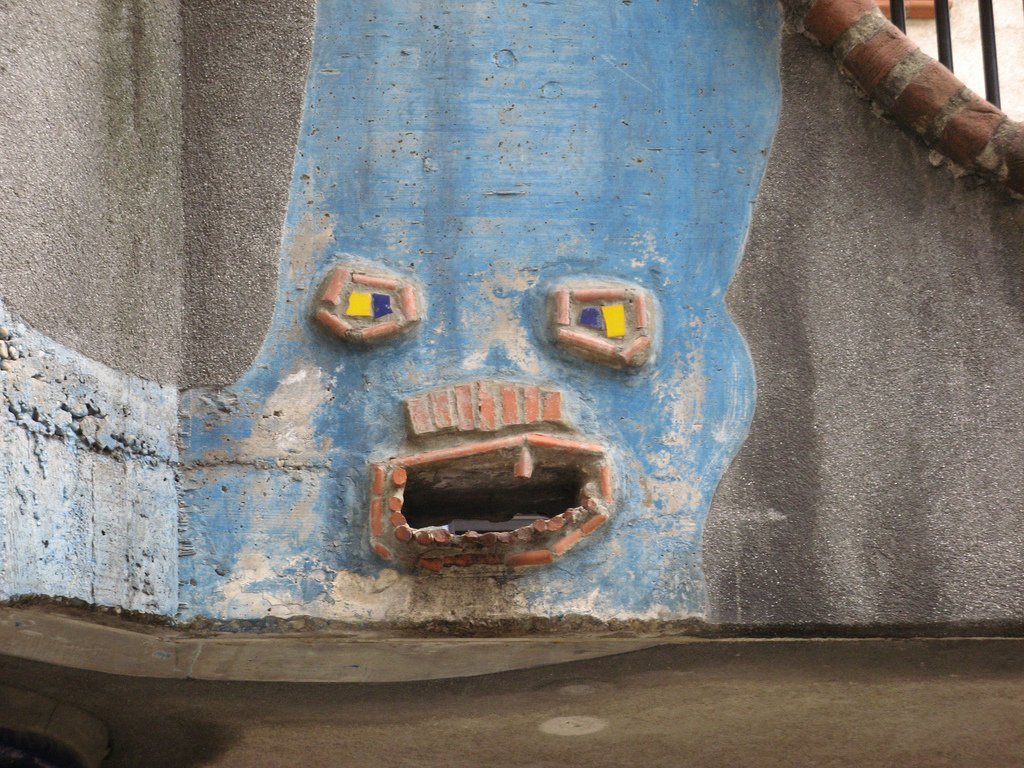
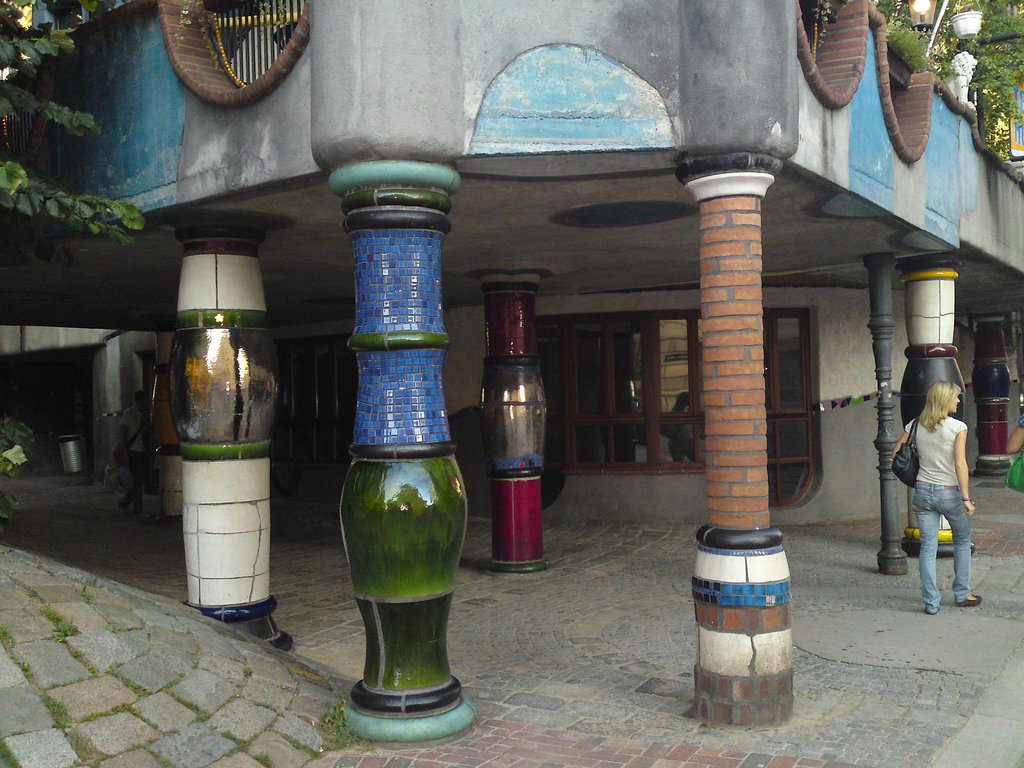
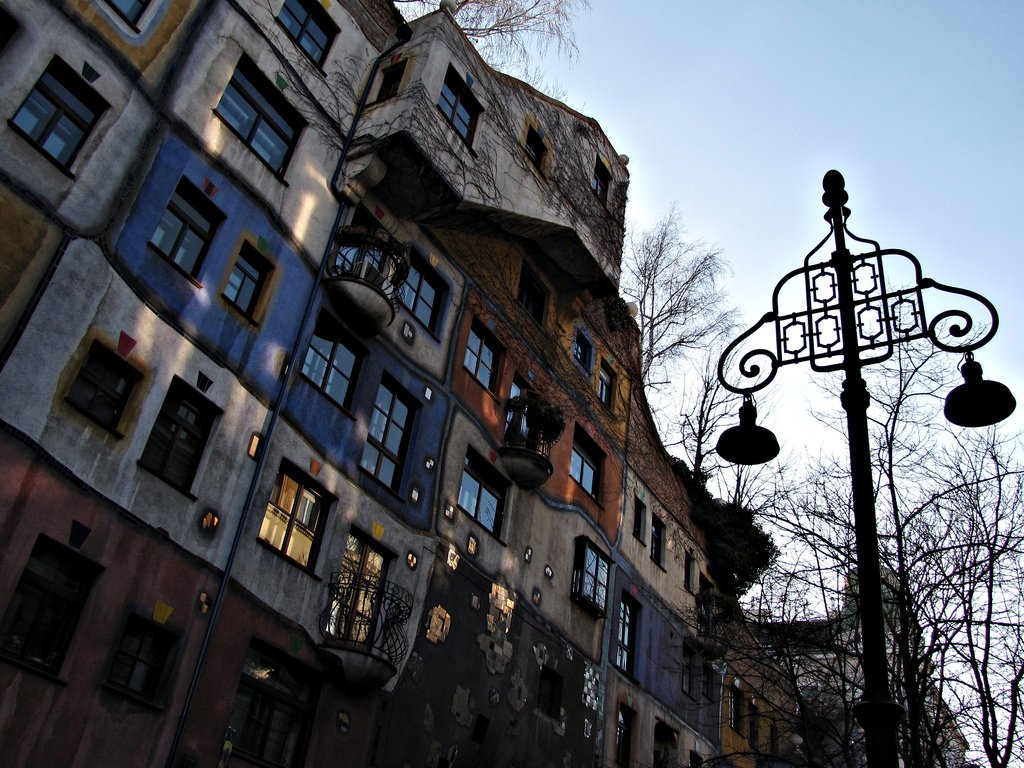
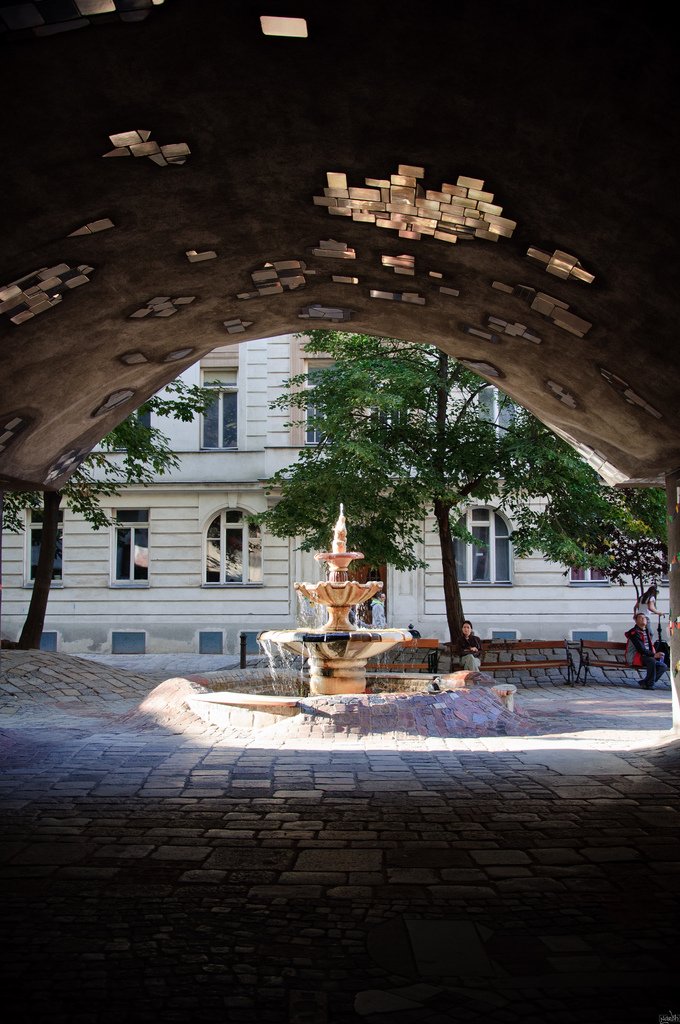
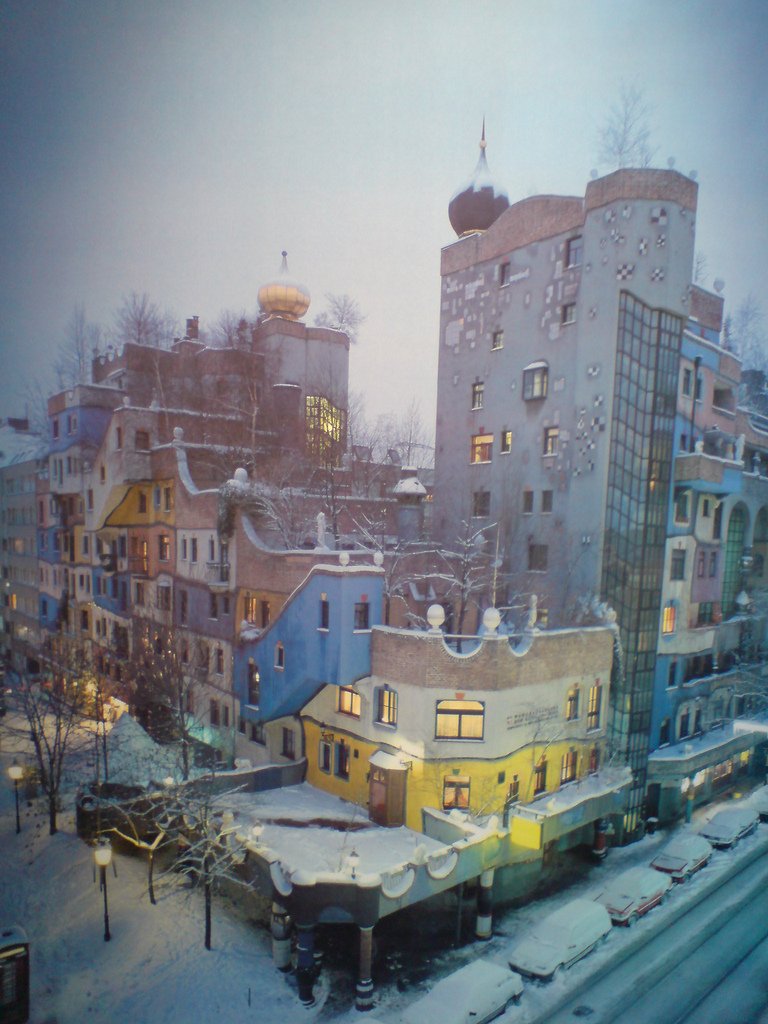
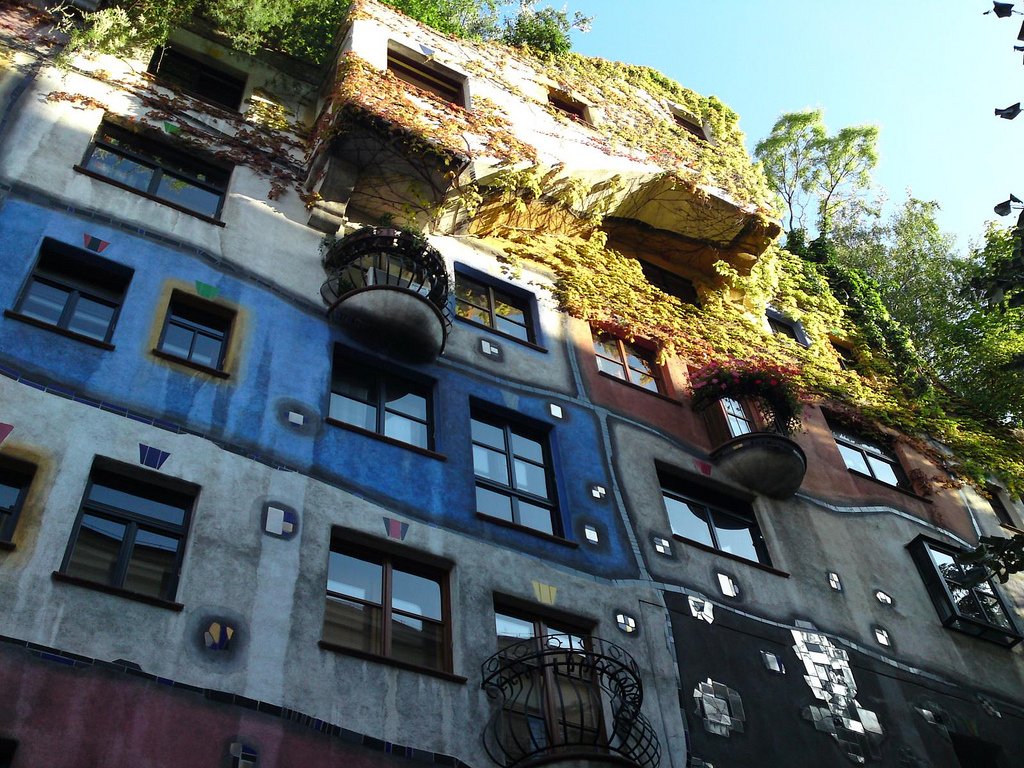
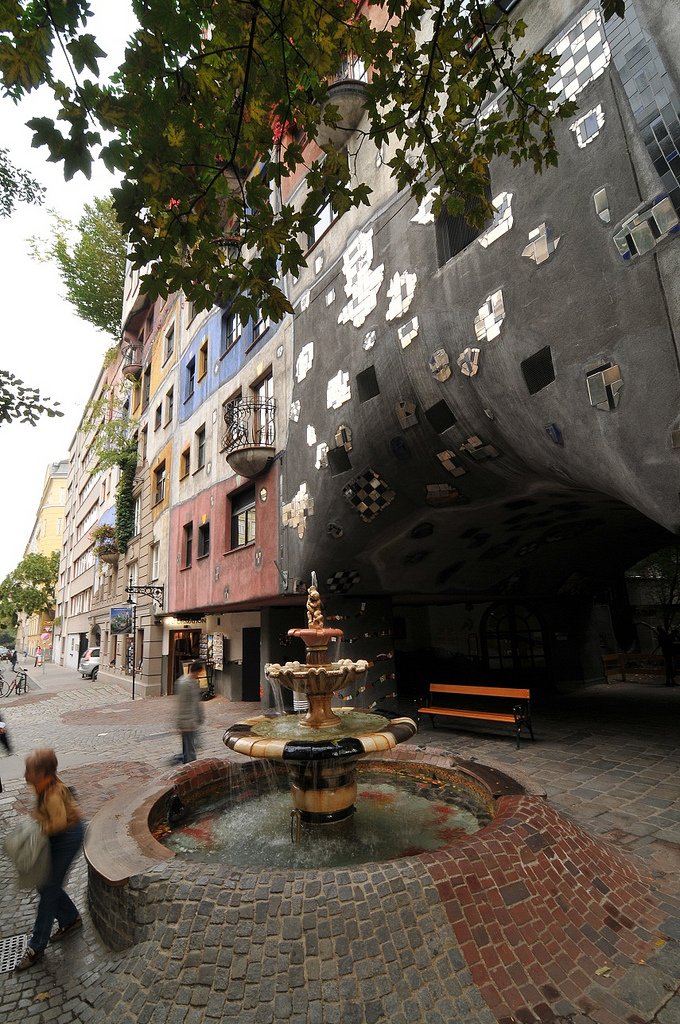
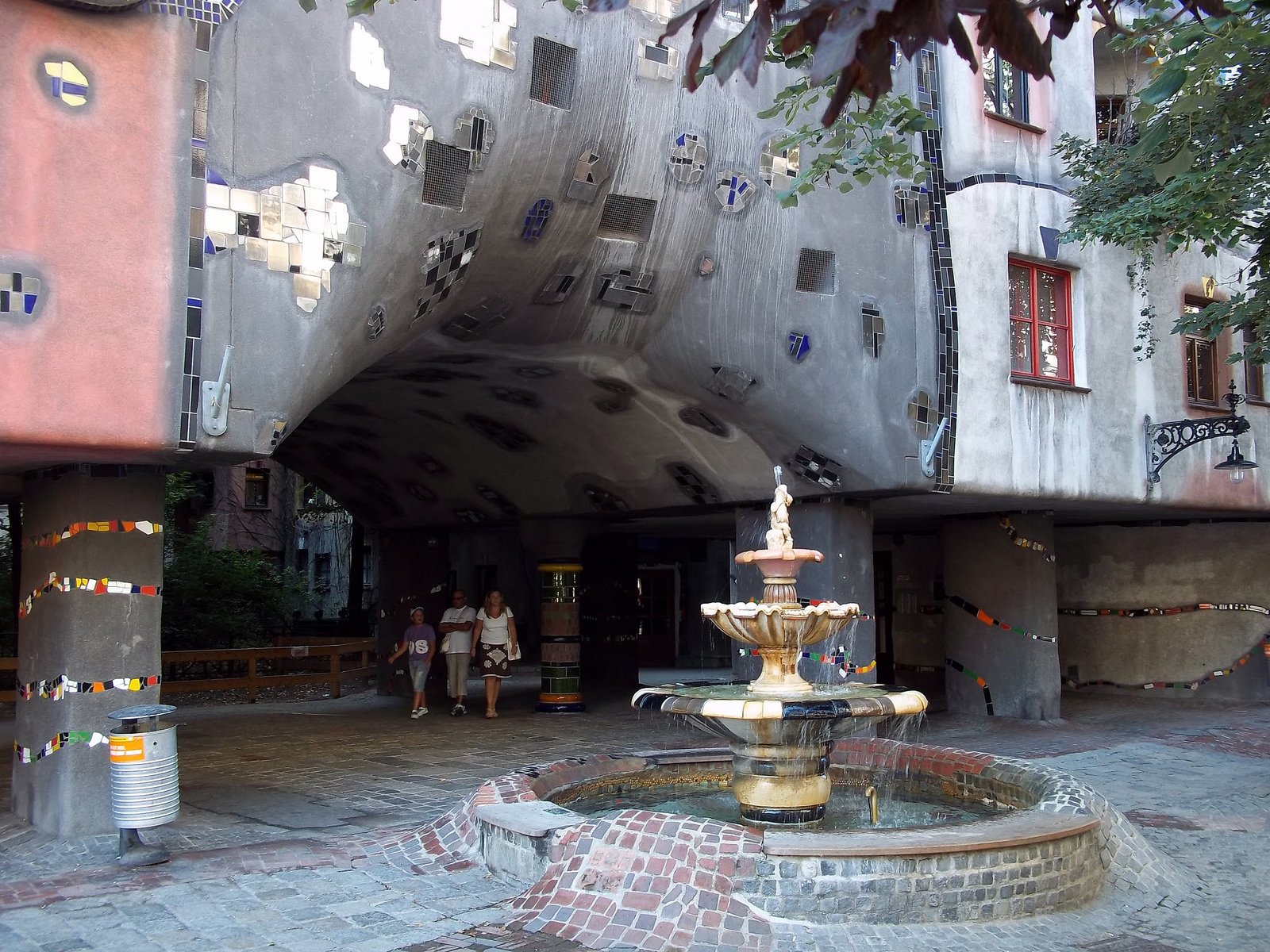
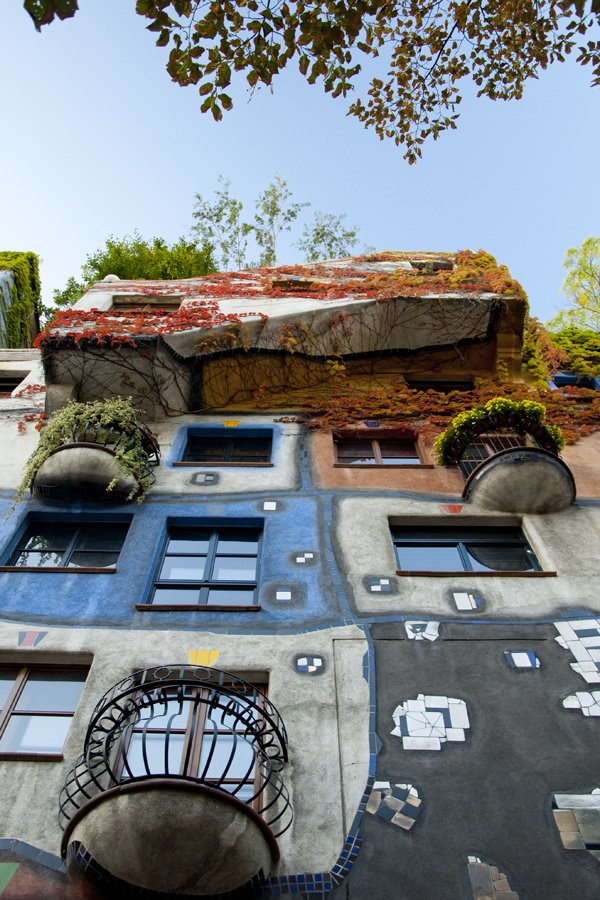
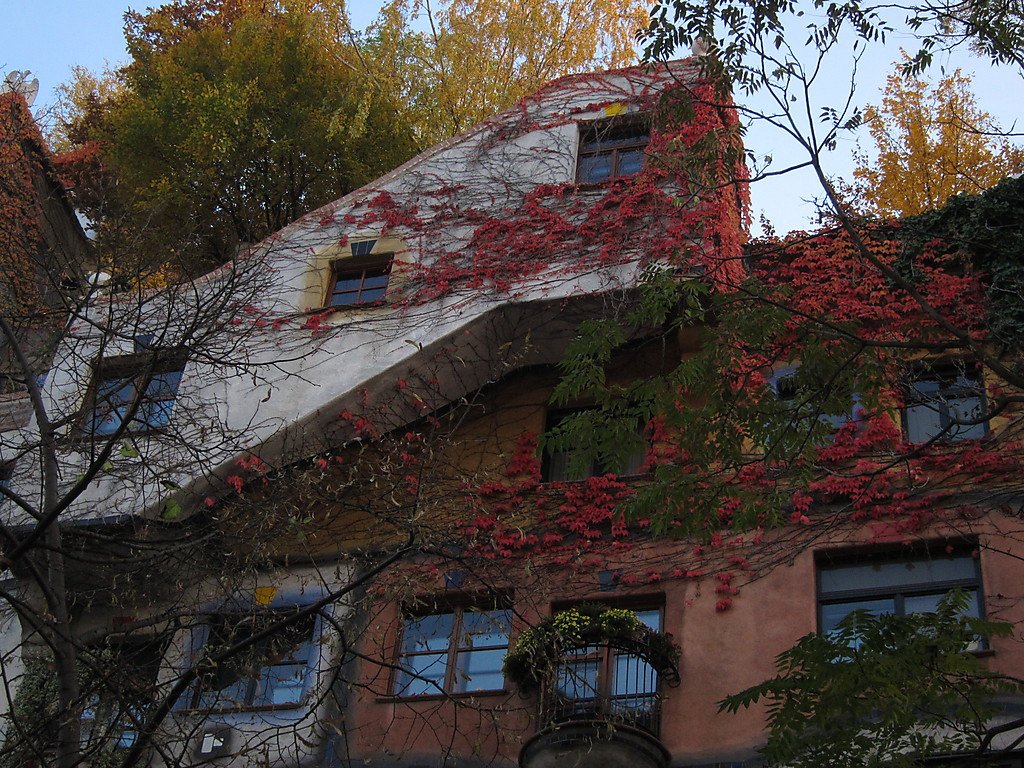
Video: Hundertwasser House
General Information
The famous Austrian artist Friedrich Hundertwasser can be viewed in many different ways. Some consider him a genius and some consider him a madman. The famous house in the center of Vienna fully shows all his artistic and philosophical ideas.
This most unusual residential house in Vienna is located in the Landstrabe district. Hundertwasser’s house is located at the intersection of Kegelgasse and Löwengasse. There is no point in giving the exact address, as this building cannot be confused with any other, and it is not possible not to notice it either..If you came to Vienna on an organized sightseeing tour, you will be shown it by all means and will bring the whole group here by bus. Tour organizers are very fond of this attraction, primarily due to the fact that it is completely free to see Hundertwasser’s house.
.
Life and work of Friedensreich Hundertwasser
Before describing the Hundertwasser House itself, it’s worth telling you about the famous Austrian artist himself. For most tourists who are not familiar with him, the house just seems like a gimmick, as if it was specially built here to lure tourists. Of course, this is not the case.
.The first and last name Friedensreich Hundertwasser is not real, the artist’s name was actually Frederick Stowasser. He was born in Vienna in 1928. His father was German, he died just after the birth of his son.
.His mother raised him alone, and on the eve of Austria’s accession to the Third Reich, she baptized him into Catholicism, which saved the boy. He managed to survive the war, but his mother and all his relatives on his mother’s side were killed in Nazi concentration camps.
Frederick himself hid his origins, and even served for a time in the Nazi youth organization “Hitler Jugent”. It was this terrible time in Austrian history that shaped Hundertwasser’s worldview. He loved and fought for peace and the reunion of man with nature more than anything else..The artist formed his very new name Friedensreich Hundertwasser from several words, which can be literally translated into Russian as: “Peaceful Land of Hundred Waters”. In painting Hundertwasser tried to use curves and variety of colors. The artist’s style in fine art is very similar to Egon Schiele and Gustav Klimt (their works can also be seen in Vienna at the Belvedere Palace), who were his role models as a child.
.Hundertwasser was most famous for his architecture, although he was not an architect himself and did not know much about building construction. Hundertwasser’s house in Vienna was designed by him in collaboration with the real architect Joseph Kravina, with whom he quickly quarreled and asked the Vienna authorities to replace him with another. The second co-author of the house was Peter Pelikan.
.Hundertwasser hated right angles and straight lines. Many of his statements on the subject are known, some very aggressive:
.
- “Nature has no right angles”
- “A square is like the shape of a column of soldiers on the march.”
- “Straight lines are the devil’s tool.”
He designed all his buildings in this fashion. A minimum of straight lines and a maximum of curved forms, no right angles and a variety of colors. Hundertwasser sincerely believed that the faded colors of modern cities and straight geometric shapes make people unhappy.
Hundertwasser made extensive use of colorful mosaics in all of his architectural projects. The mosaics were composed of broken pottery and are meant to decorate the house with a variety of colors. Another of Hundertwasser’s techniques were the domes he created on roofs. There is one dome on the roof of a house in Vienna, but it is quite difficult to notice it from below.
.
The desire for nature is evident in Hundertwasser’s house in the abundance of greenery. Trees and shrubs grow on the terraces of the house, and the roof is a large lawn with grass and bushes. This is how the artist envisioned a house in which people should live. And they do live in it. It is a real apartment building with 52 apartments.
.Tourists
Tourists are not allowed to go inside, as it is after all private property, but you can see what the house looks like inside. For this purpose, a special shopping center is organized in the next building across the street. It is called Hundertwasser Village (Hundertwasser Village) and it was specially built for tourists in 1991.
.Inside it replicates Hundertwasser’s house, the same uneven floors, abundance of curves and lack of right angles. Inside the center there is a cafe, a bar and a few stores selling souvenirs.
The only serious disadvantage of this shopping center is its very small size, often there is just no pushing through. Free only in the shops selling reproductions of paintings, they are not very interesting to most visitors. The bar, for example, is much more popular, there are no free meth behind the counter.
.
Hundertwasser Village has a restroom that will surprise many visitors. Perhaps there is no other modern art toilet in the world. By the way, it is called “toilet of modern art.”
This house made Hundertwasser famous all over the world, but it was not his dream house. The artist did not take any money for this project, but simply stated that he was glad that something ugly was not built on this site.
.
At the end of his life, the artist took the citizenship of New Zealand and lived and worked already in this country. It was in New Zealand that he built his dream home and died here in 2000.
.
How to get there
If you travel to the Austrian capital on your own, there are several ways to get here. You can go to Vienna’s Schwedenplatz subway station and then take the number 1 streetcar for four stops. The stop you need is Hetzgasse. The most important thing is not to confuse the direction of travel and get on the streetcar in the right direction.
.Each streetcar has a sign on the front, which stop it goes to. You need streetcar number 1, labeled “Prater Hauptallee”, as the terminus of this route in the direction you want to go is Prater Park. Once you get off at the Hetzgasse stop, you will need to walk about 50 meters along the streetcar.
.
The second way is more complicated, but will not require you to pay for the streetcar. You need to get to the Rochusgasse subway, and from there you need to walk for 10 minutes. From the subway you need to go straight along Rasumofskygrasse (Rasumofskygrasse) to the intersection with Löwengasse (Löwengasse), and at this intersection turn left.
.The hardest part of this method is finding Rasumofskygrasse after exiting the subway. If you have problems with this, you can ask someone. From here you will not get lost, the street is straight and you need to walk to the intersection with the large Marxergrasse, cross it and turn to the Löwengasse we need.
>
Follow the signs and you will not get lost. But we recommend taking the streetcar, as it is easier and more reliable.
